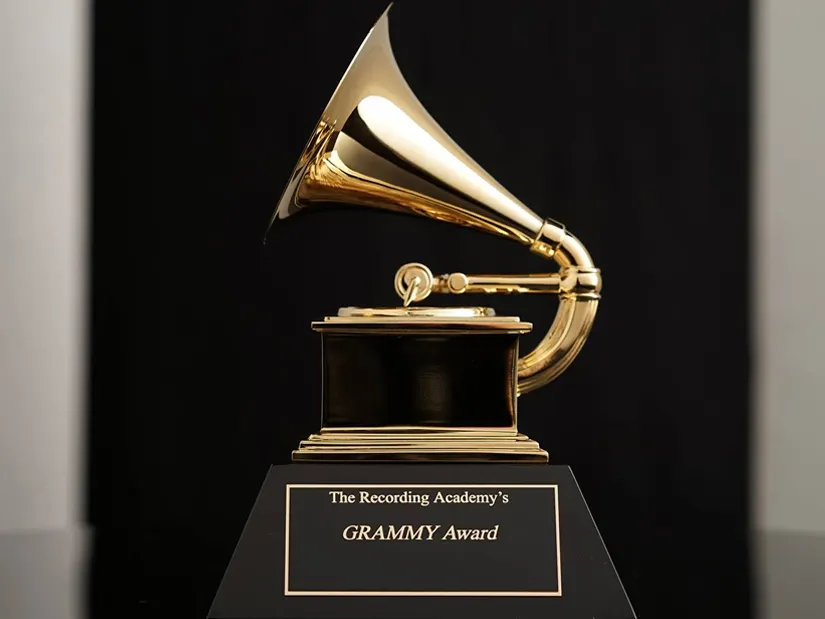On May 4, 1959, the National Academy of Recording Arts and Sciences (presently, Recording Academy) hosted the first GRAMMY Awards ceremony at simultaneous banquets held in Beverly Hills and New York. Celebrating recordings from 1958, the initial ceremony was not televised and was attended by industry insiders and select artists. Six months later, the 2nd Annual GRAMMY Awards were held once again in Los Angeles and New York, however, this time, the awards were televised and featured taped on “NBC Sunday Showcase.” Since its early years, the GRAMMY Awards have constantly evolved – from captivating live productions, to expanding categories, to touching tributes, the awards ceremony has been and continues to be the premiere celebration of musical excellence
HENRY MANCINI: THE FIRST WIN
Over the course of his 40-year career, Henry Mancini composed countless film scores and television themes, recorded over 90 albums across several musical styles, conducted 600 symphony performances, appeared at three command performances for the Royal Family, and wrote two books.
Mancini instantly became a part of GRAMMY history when he won the first GRAMMY for Album Of The Year in 1958. Throughout his lifetime, Mancini was nominated for 72 GRAMMY Awards and won 20, all of which are shown here. In 1995, the year after his death, Mancini was honored with a Recording Academy Lifetime Achievement Award at the 37th Annual GRAMMY Awards
John Billings, better known by his nickname, “the GRAMMY Man,” is the artist behind the making of music’s most prized award: the GRAMMY. Billings has been creating the GRAMMY Award by hand for the past 40 years after he took over for master crafter, Bob Graves. Each piece is handmade by Billings and his Ridgway, Colorado-based team. Each year Billings’ team receives a list of nominations, which they then use to create an estimate of how many awards will need to be produced. The awards, which are composed of three separate pieces, are all assembled separately and made from a special material — appropriately called GRAMMIUM — and finished with a coating of 24 karat gold. No matter the nominee or award category, every award is created the same, and takes approximately 15 hours to make.
Since the first GRAMMY Awards ceremony, the award has changed several times, but for the past 30 years, the design has stayed roughly the same.





